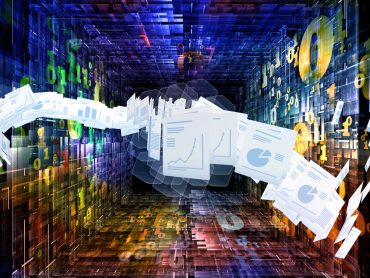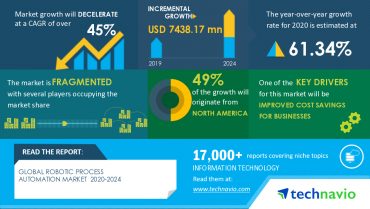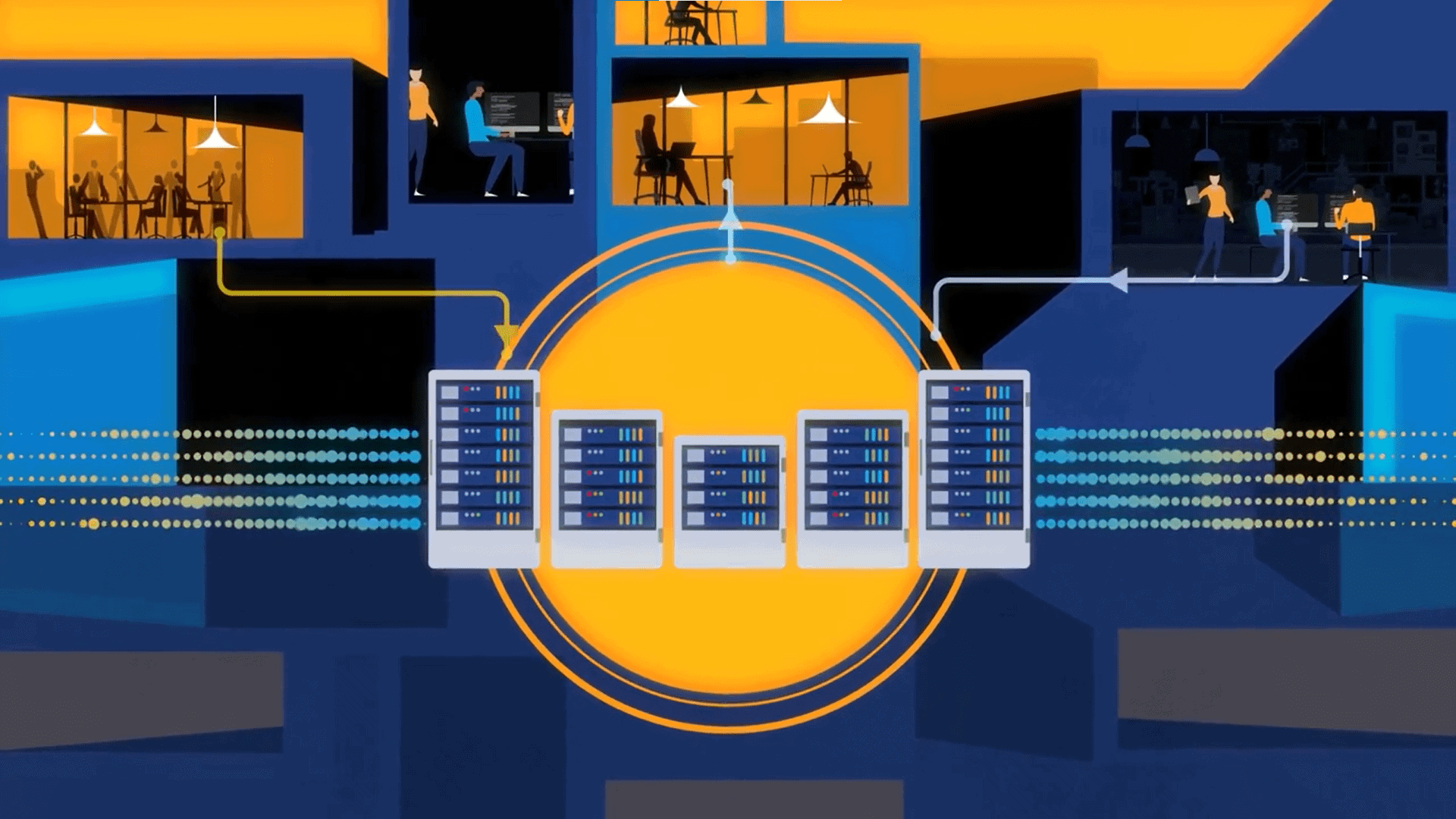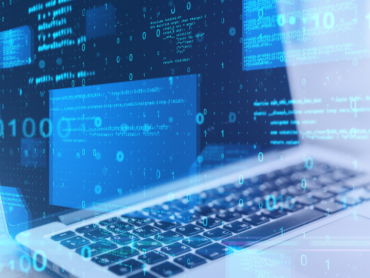
If the data reflects inequality or bias, the AI’s outputs will mirror it, potentially resulting in an individual being denied a job or loan, or, even more concerning, the correct medical treatment.
When artificial intelligence systems fail, bias is often one of the first problems to surface. A résumé screener that favors one gender. A diagnostic tool that underdetects medical conditions in certain populations. A credit scoring system that disadvantages minority applicants. It’s easy to blame the algorithms in each of these cases. However, the truth is that harmful biases often enter AI systems long before models are trained.
Bias isn’t a model or algorithmic issue – it’s a data supply chain problem. The data used to train AI tools or systems passes through multiple stages: sourcing, labeling, cleaning, transformation, and ingestion. When flaws or biases appear early in the process, such as during sourcing or labeling, they don’t just persist. They compound as data moves downstream. As a result, models may not work as intended for all users, and once bias is introduced, it’s difficult to eliminate, making it harder for the models to perform well in the future.
AI developers today need to adopt a new mindset when training new models. They must treat AI development like a supply chain, with thorough validation checkpoints from when data is sourced until it is used to train a system.
Bias Starts Early and Lingers On
Every AI system begins with data, and bias can become entrenched from the moment data is gathered. These biases include sampling bias, which happens when datasets don’t fully capture the diversity of the population, or historical biases, which appear when past inequalities are embedded in records and passed on. If specific groups are missing or underrepresented in the data’s early stages, the AI systems are already primed to produce unfair outcomes. In fact, researchers at the University of Southern California’s Information Sciences Institute discovered bias in up to nearly 39 percent of the facts used by specific databases in AI training.
Data cleaning and preprocessing can also introduce new biases. Deciding how to label records, which features to focus on, and what to filter out all require human judgment – and people often don’t have the same opinion on what’s important or relevant. This is exacerbated by the fact that there are very few established guidelines to serve as industry standards that can be applied globally. Even data augmentation can reinforce existing imbalances if the original dataset is skewed.
Because all subsequent phases depend on clean data in the early stages, flaws at the source become amplified. A slight imbalance in representation during collection can evolve into systemic inequity once AI applications are engineered and used in real-world scenarios.
See also: NIST: AI Bias Goes Way Beyond Data
Model Patches Aren’t Enough
When biases appear in an AI system, many organizations prioritize algorithmic bias mitigation because it feels more practical. Adjusting models after training is cheaper, faster, and easier to measure. Metrics like Equalized Odds, Demographic Parity, or subgroup accuracy gaps can be calculated and audited. This satisfies governance requirements while avoiding the disruption of overhauling data pipelines.
Yet, model-level patches are simply bandages that mask symptoms but do not address the root causes. If the data pipeline is flawed, no amount of tuning can fully correct the inequities after a model has been deployed in a system or application. Worse, over-reliance on algorithmic tweaks risks creating a false sense of security, as though fairness has been achieved when foundational problems remain.
Real progress and correction call for a complete overhaul of the data supply chain, with fairness and bias mitigation as top priorities from the start.
See also: AI Bias: FTC Cautions Businesses and Offers Guidance
A Supply Chain Model for AI Fairness
Just like supply chains for physical goods need quality checks, AI systems require safeguards to prevent issues from spreading throughout the entire process. For data pipelines, this means embedding validation checkpoints from the moment data is sourced all the way through deployment.
At each stage of the pipeline, AI developers can take specific steps to reduce bias and strengthen reliability:
- Collection: Conduct distributional audits to determine if diverse groups are fairly represented, using tools like Skyline datasets to highlight gaps in coverage. Leveraging distributional checks, like χ² tests or KL-divergence, can identify demographic imbalances at a relatively low computational cost.
- Annotation & Preprocessing: Verify label quality using inter-annotator agreement metrics and eliminate proxy features that can introduce bias into the data pipeline.
- Training: Optimize models for both accuracy and fairness by incorporating fairness terms into the loss function and tracking performance across different subgroups.
- Pre-Deployment: Test models with counterfactuals and subgroup robustness checks to uncover hidden biases.
- Deployment: Establish real-time fairness dashboards, dynamic auditing frameworks, and drift detectors to ensure the system remains honest over time. At this stage, fairness metrics like Equalized Odds or Demographic Parity can be calculated alongside accuracy metrics, and bias filters can be organized as microservices or streaming monitors that monitor for drift incrementally.
Additionally, just as there is a diverse group of experts for supply chains that handle goods, there should also be a diverse team of experts working on the data and model training supply chain. This team should be interdisciplinary, bringing together experts from various backgrounds, such as lawyers, ethicists, domain experts from the fields where AI is being applied, and data analysts. When enterprises don’t have direct access to this specialized talent, they can tap into the broader ecosystem – partnering with service providers, academic institutions, or other organizations with expertise in ethical AI development. With this team in place, AI developers will benefit from guidance from multiple perspectives, limiting blind spots and detecting issues that technical solutions might miss.
Governance can also mirror traditional supply chains. AI developers should set policies and requirements that their teams must follow at both the data and model development stages. For example, teams should be held accountable if any of the previously outlined checks are missed during the process.
By also focusing on team diversity and governance, AI developers can lay the groundwork for more effective data supply chain checks and processes.
The Stakes Are High – A New Approach to Bias Isn’t Optional
AI systems can be transformative, but they also pose risks in high-stakes areas like healthcare, human resources, financial services, and criminal justice. If the data reflects inequality or bias, the AI’s outputs will mirror it – potentially resulting in an individual being denied a job or loan, or, even more concerning, the correct medical treatment.
The ability of AI developers to prevent these types of results and prioritize fairness will depend on whether they consider bias a systemic supply chain issue and incorporate checkpoints at each stage.
Only when AI developers adopt this approach can they create truly valuable and helpful solutions that are fair, trustworthy, and just.






























